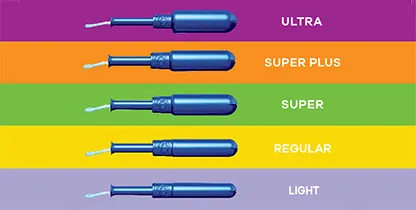How to Ink and Watercolor: 11 Steps

Introduction:
Inking and watercolor painting are two creative techniques that work well together in creating beautiful works of art. This article will guide you through 11 steps on how to effectively combine inking and watercolor for stunning results.
Step 1: Gather Your Materials
Begin by gathering all the necessary materials, including watercolor paper, waterproof ink, brushes, watercolors, a palette, water, paper towels, and a pencil.
Step 2: Sketch the Artwork
Using a pencil, lightly sketch your design onto the watercolor paper. Keep your lines loose and avoid overworking the sketch.
Step 3: Begin with Inking
Choose a waterproof ink that works well with watercolors. Using a fine brush or pen, carefully trace your pencil lines. Allow ample time for the ink to dry before proceeding to the next step.
Step 4: Test Your Colors
On a separate piece of paper or palette, test your chosen watercolors to make sure they blend well with your ink.
Step 5: Apply Watercolor Washes
Starting with lighter colors, gently apply washes of color to the areas you want to paint. It’s essential to let each layer dry thoroughly before applying another layer or a different color.
Step 6: Build up Your Colors
Apply additional layers of watercolor washes to build up depth and intensity. Be extra careful not to overwork the painting; balance is crucial.
Step 7: Add Finer Details
With a smaller brush or pen, add finer details using ink or darker shades of watercolor. These accents will bring life to your artwork and help it stand out.
Step 8: Enhance Shadows and Contrast
Apply darker shades of watercolors or use hatching techniques with your ink pen to create shadows and contrast sections of your artwork.
Step 9: Add Highlights
Utilize white watercolor paint or a white gel pen to add highlights and bring dimension to your painting.
Step 10: Fine-Tune Your Artwork
Take a step back and assess your creation. Make any necessary adjustments by deepening shadows, brightening highlights, or refining details.
Step 11: Sign and Seal Your Work
Once you’re satisfied with your ink and watercolor masterpiece, sign your name in a bottom corner using your preferred medium. To protect your work from external factors like humidity and UV light, consider using a fixative spray.
Conclusion:
By following these 11 steps, you should now have a beautiful ink and watercolor painting that showcases the best of both artistic techniques. Continue practicing and experimenting with different subjects to further develop your skills and create a variety of stunning artworks.


